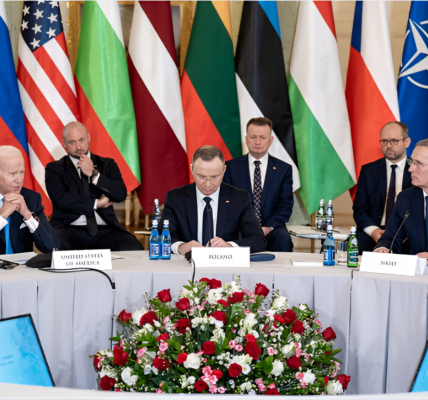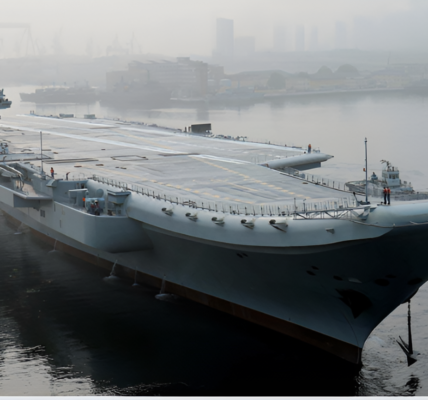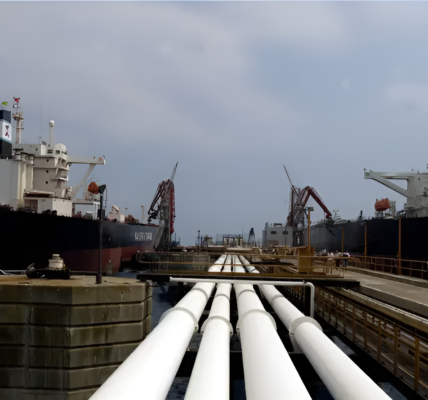
During the early hours of the 1973 Yom Kippur War, Egypt’s surface-to-air missile (SAM) batteries, including the Soviet-supplied S-75 and the newly deployed S-125, played a pivotal role in the conflict’s early stages. The S-75 had already proven its effectiveness in Vietnam against American aircraft, but it was the S-125, which made its debut in combat during this war, that brought significant challenges for Israel. With the S-125 entering service in 1961 and being deployed only in select locations, including North Korea, Israel’s air forces were ill-prepared to face this new threat.
In the opening hours of the war, Israeli Phantoms and Mirage fighter jets suffered significant losses as they attempted airstrikes on Arab forces, unknowingly flying into the effective range of Egypt’s S-125 missiles. This forced the Israeli Air Force (IAF) to adjust its tactics, avoiding SAM sites and avoiding direct confrontation with the missile systems. These surface-to-air missiles, more than any other weapon system, were key to the initial successes of the Arab forces, as they severely hindered Israel’s ability to conduct airstrikes on Egyptian positions.
However, the short range of Egypt’s SAM batteries meant the country’s ground forces were limited in their movement, with missile coverage extending only to the western tip of the Sinai Peninsula. The turning point in the war came when Israel took advantage of a tactical mistake made by Egyptian forces, who overextended their positions in Sinai beyond the protection of their SAM coverage. This opened the door for Israel’s ground forces to launch Operation Gazelle on October 15, breaking through Egyptian lines, crossing the Suez Canal, and launching a counter-offensive aimed at neutralizing Egypt’s SAM network.
Israeli Colonel Haim Erez’s rapid penetration of 12 kilometers into Egypt caught the Egyptians by surprise, allowing Israeli forces to strike and destroy several key SAM positions. With Egypt’s air defense network compromised, the Israeli Air Force was able to move its assets from the second front in Syria, overwhelming and eliminating the remaining SAM batteries. This left Egyptian ground forces vulnerable to Israeli airstrikes, which now had free rein over Egyptian army positions, infrastructure, and key targets such as water supplies and communication networks.
The Israeli military’s decision to prioritize the elimination of SAM threats became crucial in turning the tide of the war. Once air superiority was achieved, Israeli ground forces surrounded the Egyptian Third Army, securing an overwhelming advantage. This led to Israel dictating the terms of the ceasefire and negotiating the end of the conflict on its own terms.
Had Egypt’s ground forces not been stretched too thin in Sinai, and had President Anwar Sadat listened to the counsel of Chief of Staff Saad Al Shazly, Egypt’s defensive lines may have held. However, Israel’s mastery of aerial tactics and its timely exploitation of the Egyptian vulnerabilities ultimately turned a surprise attack from a larger enemy into a decisive victory. With Egypt’s SAM batteries neutralized, Israel’s ability to dominate the skies ensured its success and secured its position in the final stages of the war.





